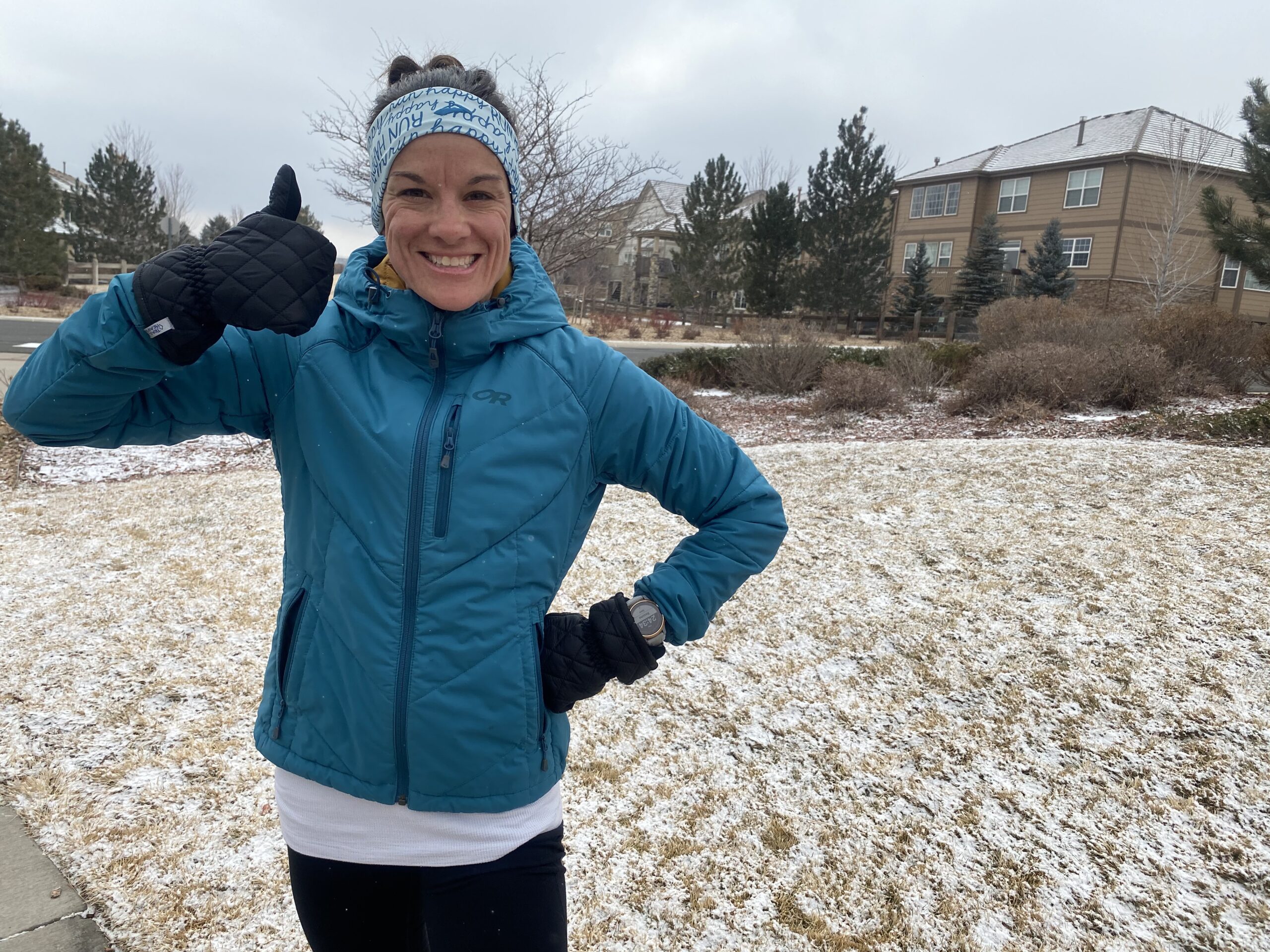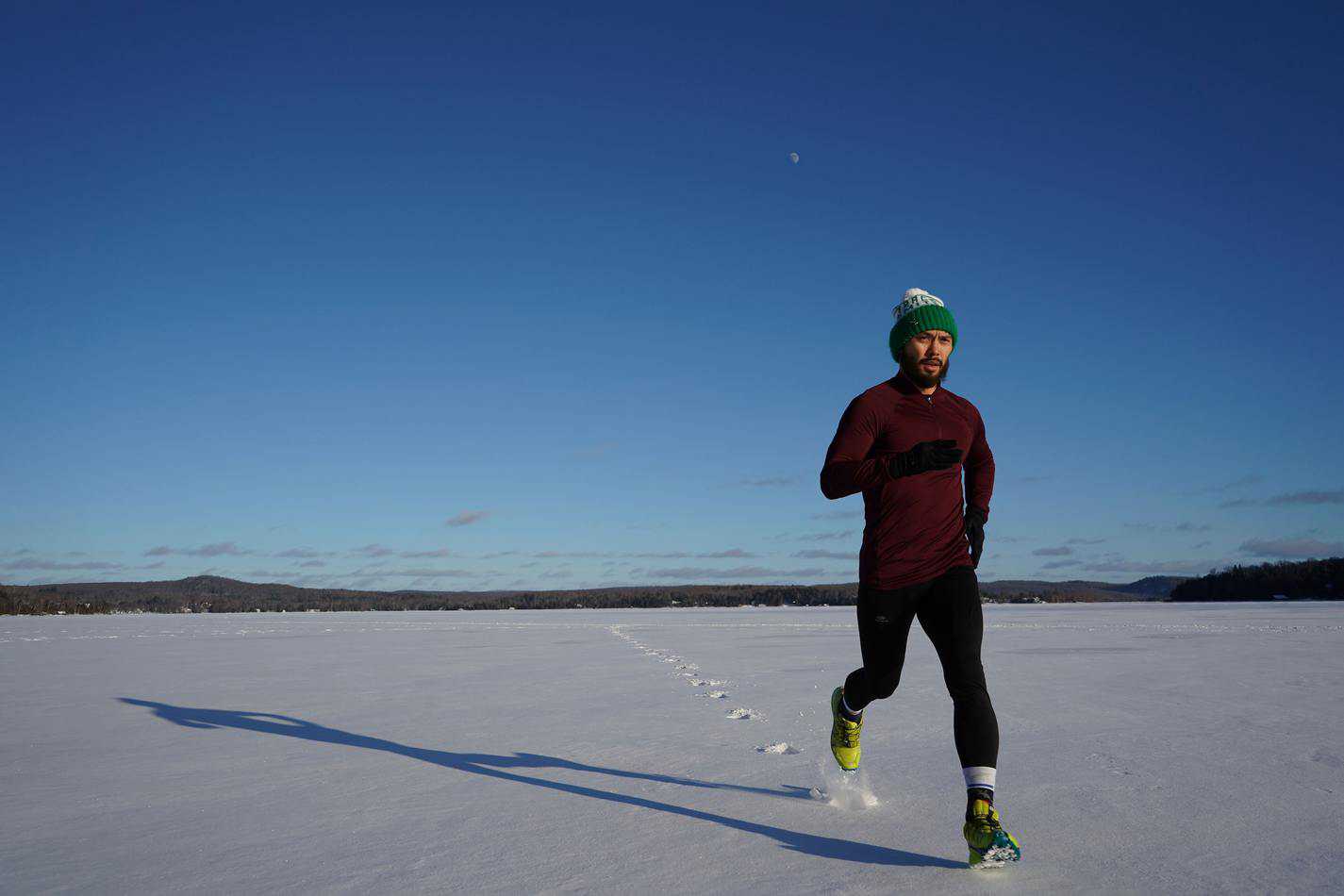Most runners probably don’t put a lot of thought into the surface they are running on. For those who run simply for exercise or to get out to clear their head likely just go for a run on whatever surface is right out their front door. But running puts an incredible amount of force on the human body and certain surfaces seem like they would be more forgiving than others. Which made me wonder if people who run a lot of miles each week need to be careful about the surfaces where they are doing their running.
So, what are the best surfaces for running?
Here are 8 different types of surfaces you could run on. I’ll go over the pros and cons of each so that you can decide for yourself which is the best surface for running depending on how each may affect your body as well as the type of training you’ll be doing.
- Concrete
- Asphalt
- All-weather Synthetic Track
- Grass
- Dirt/Packed Trail
- Technical Trail
- Sand
- Treadmill
Many people assume that running over and over on particular surfaces, such as concrete, is bad for their joints. But is that really true? We’ll answer that in this article as well as share why you’d want to consider each of the types of running surfaces.
1. Concrete
The least forgiving surface and the one that I run on the most. If you live in a neighborhood or a city, chances are you spend a lot of time running on concrete, too. It’s the stuff sidewalks are made of as well as many urban trails. Because it lasts a long time, is a hearty surface, and is easily used for cycling as well as running and walking, it’s a surface often readily available for running use.

Pros of Running on Concrete:
- All Weather – Unless it’s icy out, you can pretty much run on concrete in any weather.
- Easily accessible – most times right out your front door. Since most neighborhoods and cities are lines with concrete sidewalks, you don’t have to go anywhere special to complete your room.
- Safety. What I mean by this is, I often choose the concrete sidewalk over the asphalt on the road for safety purposes. This is the best way to avoid traffic.
- Smooth and Even – With concrete, you don’t have to worry about any extra bumps or resistance to slow you down. It’s a smooth surface that takes the guesswork out of your run.
Cons of Running on Concrete:
Concrete is the hardest surface on this list. Some argue that running on it can put more stress on your joints, specifically your knees and ankles. This research, which set out to see if stiffer running surfaces should be cited as the reason for injuries, found there to be “no significant differences” from their softer counterparts.
Concrete most definitely has an increased impact force, but the evidence is inconclusive to say whether this actually causes more injury. If you’re injury-prone, you can certainly try other surfaces instead and see if that helps. If you haven’t noticed any issues, there’s no reason to stop running on harder surfaces.
2. Asphalt
All those road races you’ve run? That’s asphalt. If you’ve been running for a long time it’s probably a surface you know well. Where there are cars, there’s asphalt, so chances are you’ve had lots of opportunities to run on it, even if it just means crossing the street to get from one sidewalk to the next. I’ve also seen bike/running trails made out of asphalt and I even ran on a middle school track comprised of this surface material the other day. I prefer the feel of asphalt, but stick to concrete sidewalks and trails for safety reasons.
![Aurelien Guichard from London, United Kingdom [CC BY-SA 2.0 (https://creativecommons.org/licenses/by-sa/2.0)] Asphalt running surface](https://readysetmarathon.com/wp-content/uploads/2019/06/Womens_Marathon_London_2012_003-1024x683.jpg)
Pros of running on asphalt:
- Readily available. Unless if you live out in the country, you probably have a road to run on right in front of your house.
- Map it – The nice thing about running on roads is that you can easily map routes ahead of time or check to see how far you’ve gone after the fact (if you don’t have access to GPS). And unless you’re in the middle of a big city with tall buildings, your GPS should work very well in these areas, too.
- Uniformity – though slightly less so than concrete, asphalt roads are still a predictible, flat surface to run on. Just watch out for potholes!
Cons of running on asphalt:
- Temperature on a hot day – asphalt will absorb the heat of the blistering sun and warm the air around it. This means that you as a runner will feel hotter by running on asphalt than on a dirt trail due to the heat radiating around you.
- Lack of safety – Running on the roads can be dangerous. Even if you’re being as safe as possible, doesn’t necessarily mean the drivers will be. If you’re going to run on asphalt roads, it’s best to run on wider, less busy streets. This is also a good time to leave the headphones at home.
- Almost as hard as concrete – As previously stated, just because asphalt is softer than concrete doesn’t necessarily make it better for your body to run on. Outside Online spoke to a kinesiology professor who agreed that though it sounds plausible that the greater impact force made from running on hard surfaces could cause overuse injuries, there isn’t evidence to prove it to be so. But again, if you’re experiencing aching symptoms in your joints, it wouldn’t hurt to mix it up.
3. All-weather Synthetic Track
Did someone say speedwork? Though this wouldn’t want to be your go-to for you long run days (hello, boring) the track is an excellent surface to run on and offers other benefits, as well. Modern tracks are made of synthetic materials that are durable and provide good cushioning.
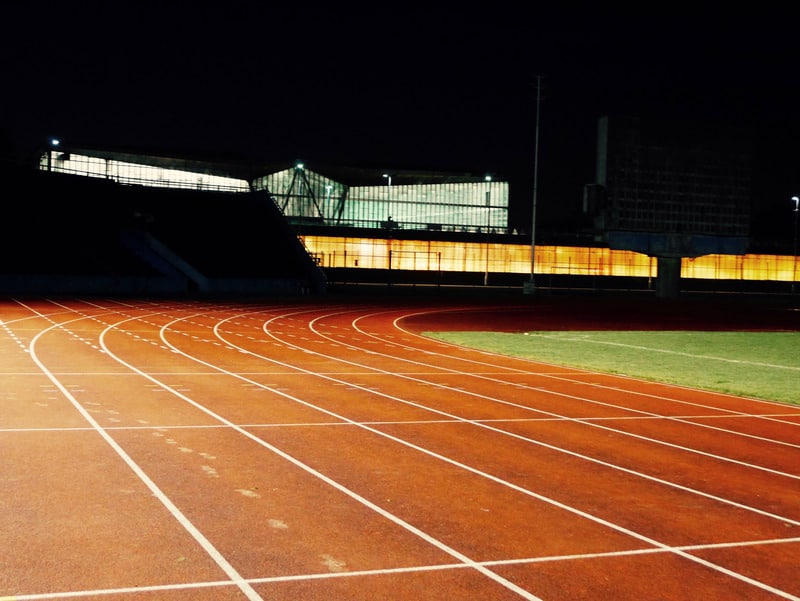
Pros of running on a track:
- Good shock absorption – Though runners shouldn’t feel the need to avoid concrete and asphalt if they’re feeling good, someone fending off a recurring injury might opt for the softer track surface.
- Know your distance – We’re lucky to live in the world of GPS watches so we can run almost anywhere and know how far we’ve run. But, they’re not perfect. If you want to know the exact time for a particular distance, utilizing a track is fool-proof. The standard size for a track is 400 meters—just a tad over 4 laps of the track equals one mile (1609 meters). If your training calls for 800s, head to the track to get it done.
- Accessibility – though not as easy to get to as a road or sidewalk, most middle schools and high schools have open to the public tracks that won’t be too far from home.
Cons of running on a track:
- Temperature on a hot day – similar to asphalt, the track gets hot. This makes the air around the track warmer. Just be sure to drink plenty of water.
- Curve of the track – extra stress can be placed on the hips and ankle joints when running on a track for a long period of time. Completing your long runs or doing all of your runs on a track isn’t ideal.
- Monotony – I just don’t think strictly training on a track is sustainable long-term, but maybe that’s just me! It would get awfully boring…though I look forward to hitting up the track once per week!
4. Grass
Just yesterday I found myself having to run through a grass field during my long run due to flooding under the bridge of our main trail. The grass wasn’t cut short enough and I couldn’t get off of it fast enough. I only run in grass when it’s the only option because I just don’t like the slow down that comes with it. But I’m sure for those runners who ran cross country in their youth it feels a bit like “home.”

Pros of running on grass:
- Soft Surface – Grass is a much more forgiving surface than concrete or asphalt which may be easier on your feet and joints. It will certainly feel more shock absorbing.
- Can run barefoot – Minimalists might like the opportunity to ditch the shoes for a while and just enjoy the feel of the cool grass.
- Strengthen muscles – Though you probably don’t want the added resistance all the time, adding in a run through the grass every now and again can be great for strengthening your legs and feet.
Cons of running on grass:
- Resistance – The length of the grass matters. If it’s very short and mixed with dirt, it won’t offer much resistance. If you’re running through lush, green grass that’s a little overgrown, just don’t expect to keep a faster pace. For your easy runs, this could be a great choice.
- Uneven surface – With longer grass it’s harder to know how level the ground is. This can put a runner at risk of rolling an ankle, so just keep an eye out where you’re running.
5. Dirt/Hard-Packed Trail
My husband’s favorite. Unfortunately, the miles and miles of dirt trail that he loves isn’t super close to home, so he doesn’t run on it as much as he would like. But, he does have one that loops around his work that he uses to get in lunch runs each week. Though not always as easy to find as some other surfaces, there might be one closer than you think. Dirt/hard-packed trails can be a great surface to run on so it’s worth looking into!
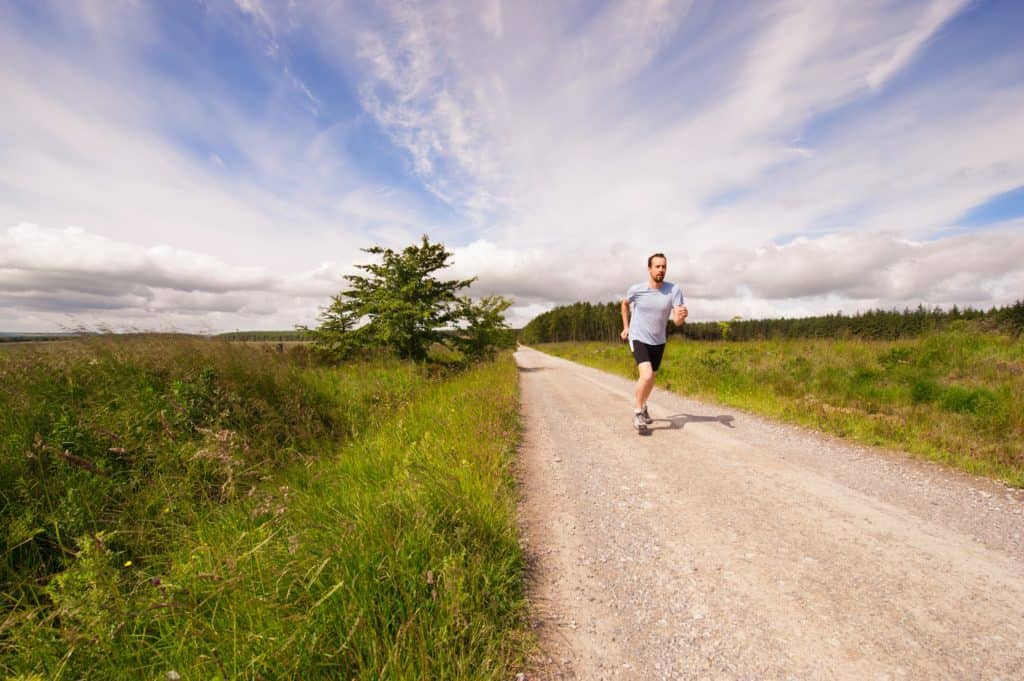
Pros of running on a dirt trail:
- Flat and Even – It’s not as smooth as concrete, but it still offers a very even surface. It’s a great alternative for mountain trail runners who are looking for more even terrain.
- Lower impact – Like grass, dirt trails offer a lower-impact surface. If you are concerned about injury and want to steer clear of the hardest surfaces, this would be my recommendation.
- Miles of smiles – Dirt packed trails usually offer plenty of miles to complete your long runs. It’s worth the drive if you don’t have one just around the corner.
Cons of running on a dirt trail:
As far as cons, they are few and far between! Though they can get muddy (Raise your hand if you’ve had a run planned on a dirt trail only to have to scrap it from a recent bout of rain). Going at peak times will ensure there are lots of other cyclists and runners out so you can stay safe.
6. Technical Trail
There are many runners who much prefer these types of mountain trails over any other type of running surface. With the challenge it can bring while also being surrounded by breathtaking beauty, it’s not hard to see why.
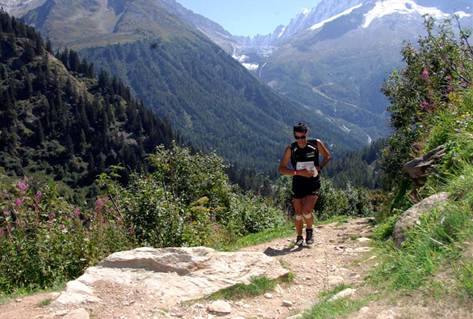
Pros of running on a technical trail:
- Increase Agility – Technical trail running allows a runner to dodge various rocks, twigs, etc. This helps a runner increase reaction time and strength which can all carry over to better racing on other types of surfaces.
- Beauty – One of the biggest benefits of choosing a technical trail to run on is the scenery that is sure to come with it. Wildlife is bound to make an appearance, as well.
Cons of running on a technical trail:
- Keep your eyes down – What makes the trail alluring can also make it dangerous at times. Be sure to choose a trail that’s conducive to your level of ability. Less experienced runners can choose trails with less obstacles.
- Lack of Accessibility – Being from Colorado, I can get to these types of trails in a fairly short amount of time. But some runners just won’t have access to this type of terrain at all. If that’s you and you vacation in an area that has technical trails, I highly recommend trying them out (if even for a hike instead of a run.)
7. Sand
If you’ve never gotten the chance to go for a run along the beach, I encourage you to do so next time you’re there. Though not my surface of choice, it definitely has its advantages. Just understand that running on packed wet sand is very different than loose dry sand, with the latter being much more difficult.
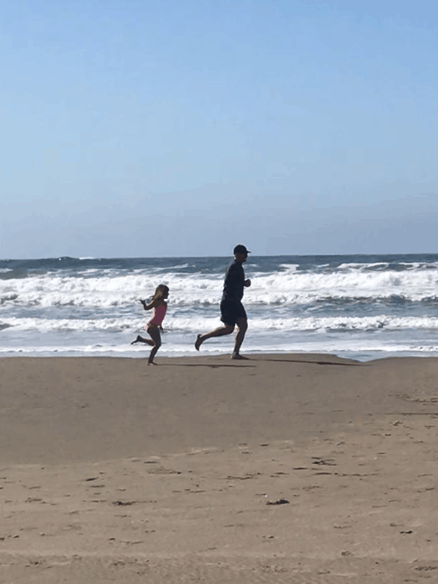
Pros of running on sand:
- Beachside – You’re running next to the ocean…need I say more?
- Strengthen those Muscles – That also includes your heart. Running in soft sand is not easy. With the amount of effort it takes to move through the sand, you will be getting a great cardiovascular workout.
- Easy on the Joints – Though the jury’s still out on how much negative impact running on harder surfaces can cause, you definitely won’t have to worry about that when running on sand. It’s forgiving and you don’t have to guess whether or not it’s going to lead to overuse injuries.
Cons of running on sand:
- Resistance – Though you can easily run on packed sand and mostly keep up your same speed, running on soft, loose sand offers a lot more resistance. You will certainly get a great workout, but don’t plan to go for speed.
8. Treadmill
This running surface is probably the one that gets the most groans. Some people can’t stand the treadmill and avoid it like the plague. I personally don’t mind it! As far as running surfaces goes, it’s one of the easiest to run on.
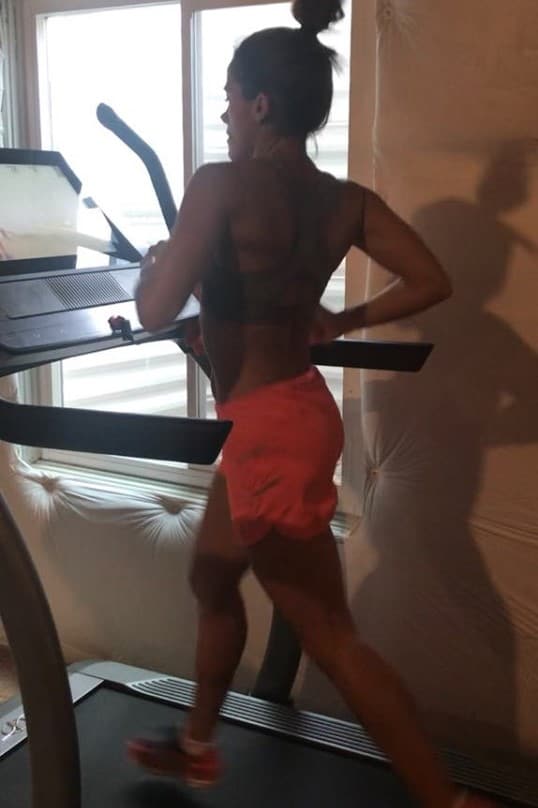
Pros of running on a treadmill surface:
- Impact Reduction -As I stated in my article, “Treadmill Running for Marathon Training,” the cushioning the treadmill provides can be especially helpful for those with knee issues. If you think you are prone to injury from running on concrete, etc. using a treadmill instead can help.
- All-Weather – This is a no brainer – no matter what the weather, your treadmill surface will always be exactly the same. If it’s icy, for example, opting for the treadmill is a great idea.
- Safety – Choosing to run on any of the other surfaces during non-daylight hours can be risky. If you have to run before dawn or after dusk, opting for the treadmill is a good idea.
Cons of running on a treadmill surface:
- Lack of Accessibility – I feel very lucky to have my own treadmill, but I know not everyone has this luxury. In this case, you’d have to head to a gym to utilize one.
The Verdict
Though you may have gone into reading this article assuming that concrete and asphalt were poor choices for a running surface due to the amount of stress they can put on the human body, the truth is that this hasn’t been solidified. We can use our common sense to assume this is the case, but I have to agree with painscience.com in that we can’t go around stating something as fact just because it seems logical. More research will have to be done to determine how much (if any) deterioration running on those harder surfaces can cause.
Overwhelmingly, however, experts agree that running on a variety of surfaces is best. Overuse on any one surface is much more likely to lead to injury. We all have preferred surface, but with 8 different running surfaces, there’s no reason you can’t mix it up. Not only will you be doing good for your body by increasing its range of adaptability, but you’ll also probably really enjoy the change of scenery.
In the end, listen to your body and use your best judgment for you. If one particular surface doesn’t feel right or seems to cause you pain, then it’s a good idea to run on a different surface, if only temporarily.

